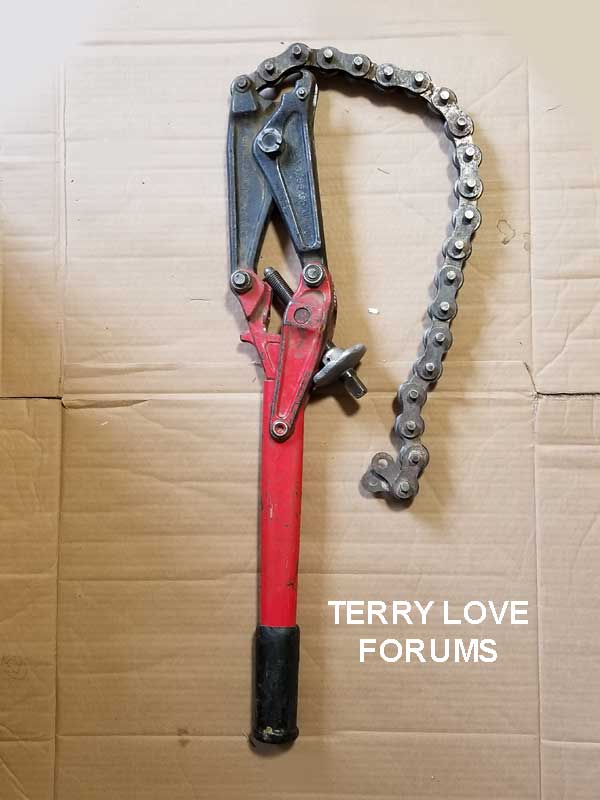Tooltalk
Member
Hey everyone,
I would like to build a wet bar/kitchenette in the basement of our 70-year-old house in Ontario, Canada. The main sewer pipe for the house runs right under the area where I want to install the sink, so I'm hoping it will be fairly easy. I broke open the concrete slab to get a look at the sewer pipe and was surprised to find what I believe to be an asbestos cement pipe with an outside diameter of about 4.75". All the sewer pipes above the slab are cast iron, so that's what I was expecting to find under the slab.
If it is asbestos, any suggestions on cutting it? I do have a diamond blade for my angle grinder and can position a hose to keep everything wet while I'm cutting.
Anything else I should be concerned about and are there any suggestions for the parts required to connect a sink drain to this pipe?
Thanks very much. Here's a couple pics. The pic with the ruler makes it look like pipe is 4" or less, but I measured with calipers and OD is just over 4-3/4".


I would like to build a wet bar/kitchenette in the basement of our 70-year-old house in Ontario, Canada. The main sewer pipe for the house runs right under the area where I want to install the sink, so I'm hoping it will be fairly easy. I broke open the concrete slab to get a look at the sewer pipe and was surprised to find what I believe to be an asbestos cement pipe with an outside diameter of about 4.75". All the sewer pipes above the slab are cast iron, so that's what I was expecting to find under the slab.
If it is asbestos, any suggestions on cutting it? I do have a diamond blade for my angle grinder and can position a hose to keep everything wet while I'm cutting.
Anything else I should be concerned about and are there any suggestions for the parts required to connect a sink drain to this pipe?
Thanks very much. Here's a couple pics. The pic with the ruler makes it look like pipe is 4" or less, but I measured with calipers and OD is just over 4-3/4".
Last edited:

